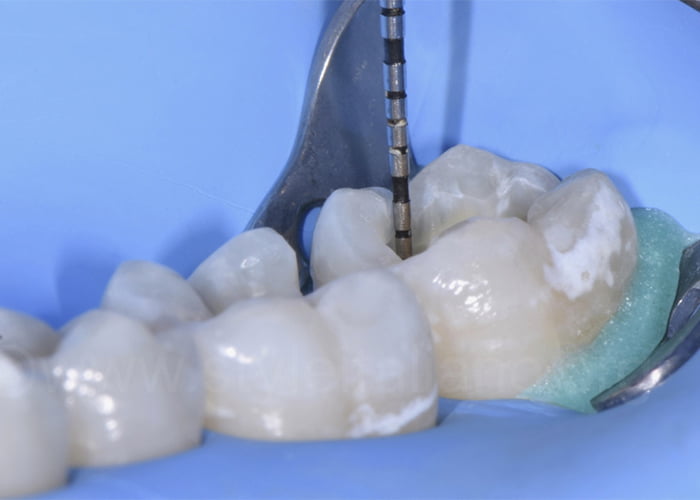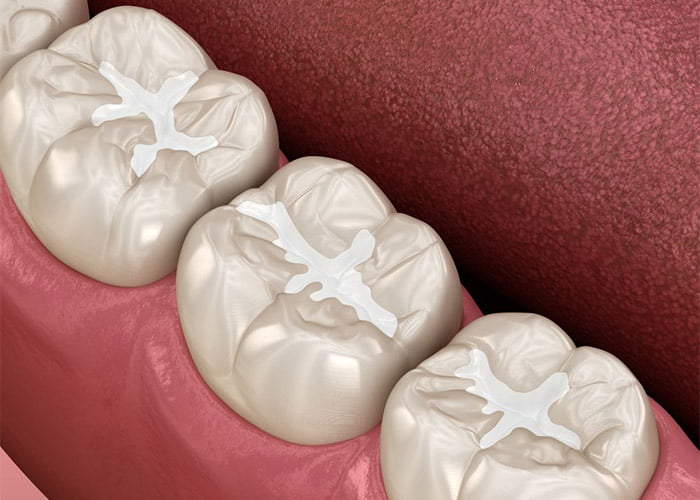Dental fillings are a common and important dental procedure that is performed to treat cavities and restore damaged teeth to their normal function. The procedure is relatively simple and straightforward, but it is essential to understand what to expect before, during, and after the process.
In The 5-Step Process of Filling Cavities
Dental cavities are a common dental problem that occur when bacteria in the mouth produce acids that erode the tooth’s enamel. If left untreated, cavities can lead to tooth decay and tooth loss. One of the most common treatments for cavities is dental fillings.
Step 1: Numbing the Tooth

Before the procedure, the dentist will examine the affected tooth and take an x-ray to determine the extent of the decay. The dentist will then use a local anesthetic to numb the area around the tooth. Once the area is numb, the dentist will use a drill or laser to remove the decayed area of the tooth. After the decayed area is removed, the dentist will shape the remaining tooth structure in preparation for the filling.
It is essential to note that the extent of the decay will determine the type of filling material that your dentist will use. For example, if the decay is extensive, the dentist may use a crown instead of a filling.
Step 2: Removing the Decay
Once the tooth is numb, the dentist will remove the decayed area of the tooth. The dentist will use a drill, laser, or air abrasion instrument to remove the decayed part of the tooth in preparation for the filling. The amount of decay removed will depend on the extent of the cavity.

Step 3: Cleaning the Cavity
After removing the decayed part of the tooth, the dentist will clean the cavity to remove any remaining debris and bacteria. This step is important to ensure that the filling will bond correctly with the tooth. The dentist may use a special solution to clean the cavity.
Step 4: Placing the Filling
Once the tooth is prepared, the dentist will place the filling material onto the tooth. There are several types of filling materials that can be used, including composite resin, porcelain, gold, and silver amalgam. The most common type of filling used today is composite resin because it is tooth-colored and blends in with the natural teeth. The dentist will carefully shape and polish the filling material to ensure that it fits comfortably and looks natural.
Step 5: Checking the Bite
After placing the filling, the dentist will check your bite to ensure that the filling does not interfere with your natural bite. If the filling is too high or too low, the dentist will adjust it to ensure that it is comfortable and does not cause any problems. This step is crucial because a filling that does not fit correctly can cause pain and discomfort.
Seemore: Food good for teeth.
Aftercare
After the procedure, the anesthetic will wear off, and you may experience some sensitivity or discomfort in the affected area. This is normal and should subside within a few days. You should avoid eating or drinking anything hot or cold until the sensitivity has subsided. You should also avoid sticky or hard foods that could damage the filling. Good oral hygiene, including brushing and flossing regularly, can help extend the life of your filling.
Additionally, it is essential to follow your dentist’s instructions after the procedure. Your dentist may advise you to avoid certain foods and drinks or recommend some pain relievers to help with the discomfort.
Conclusion
In conclusion, dental fillings are an essential procedure that can help treat cavities and restore damaged teeth to their normal function. It is essential to consult with your dentist as soon as possible if you suspect that you have a cavity or other dental issue to prevent further damage. With proper care, your dental filling can last for many years and help you maintain a healthy, beautiful smile.
If you are in the Marysville area and need a dental filling, contact our team at Dentist in Marysville to schedule an appointment. Our experienced dentists will work with you to determine the best treatment plan for your needs and help you maintain a healthy smile.



